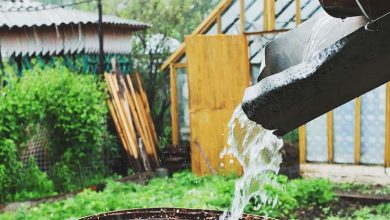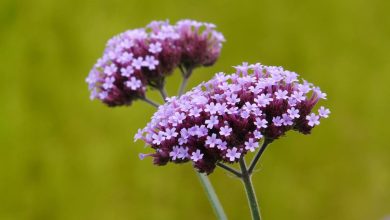Hyacinth Care: [Soil, Humidity, Pruning and Problems]
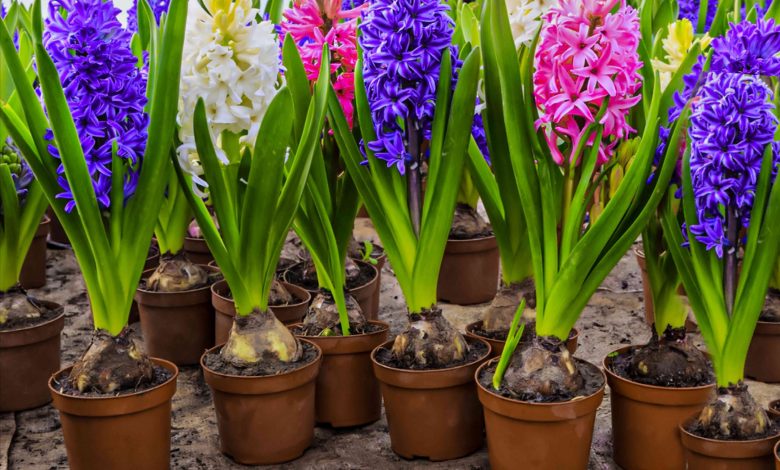
What characteristics does hyacinth have?

One of the bulbous plants that gives very beautiful flowers is precisely the Hyacinth or Hyacinthus spp. , a perennial species belonging to the genus Scilóideas, family Liliaceae.
They are native to the Mediterranean region and southern Africa.
They paint the landscape with cheerful colors, with their spiky flowers in a range that goes from blues, violets, pinks, yellows and whites.
They also give off a wonderful fragrance. They reach an estimated height of about 25 cm.
They were transported from Asia Minor to Europe, entering them through Turkey in the year 1562.
Currently, the Netherlands is the world’s leading producer of hyacinth bulbs, with a percentage of 95% of the totality reigning on the planet. They are usually sold in a pot, as well as in corsages or cut flowers and as a water plant.
It is a bulbous plant that has traditionally been grown outdoors, in gardens, but has also been able to adapt to closed environments, as long as the bulb is cared for by submerging it first in water so that it takes root, in order to later move it to a pot or a planter to produce spectacular flowers.
Its bulbs are voluminous, with a tunicate appearance and have the ability to renew themselves every two years from new scales that are formed from the center, thus displacing the oldest ones until they are located on the periphery.
What land needs does the hyacinth have?
It is vital to provide a substrate rich in organic matter, with many nutrients. This is a super important requirement for the cultivation of hyacinths. It is necessary to procure them a porous type, with excellent drainage to avoid puddles.Worm humus or compost are the best thing that can happen to them.

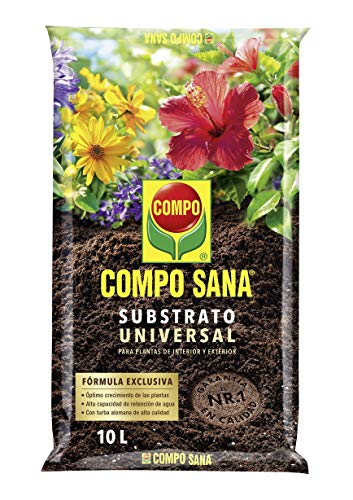
The pH can be around 6-7. And a regular supply with a good fertilizer is essential if the plant spends more than one season in the same place. A brand rich in potassium is preferable. In the flowering season, the substrate must always be moist, without puddles.
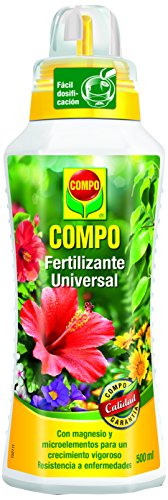
Bulbs will be grateful as long as they have well-drained soil. With an optimal pH between 6-7.5. In humic areas and sandy alluviums they are especially productive.

In autumn, a simple technique is easily applicable that involves planting bulbs of about 3-4cm, which are placed in ridges separated by two lines of about 30cm. Each bulb is placed along these ground lines 1 to 2 cm apart.
Meshes can be used to facilitate the subsequent collection of the bulbs each year, once they reach the ideal size for subsequent marketing, being of an estimated caliber of 14-15, after 3 to 4 years of having started production in Serie.
How to make hyacinth grow strong and vigorous?

One of the most important keys to hyacinth cultivation is irrigation. You always need water to stay healthy.
Indoors , the ideal is to provide water to the plant with the help of a dish loaded with the vital liquid, where we will place the pot so that it does not lack nutrients.
Although it is highly recommended to leave it for about 10 minutes or avoid direct contact with water.
The drainage of the pot must be allowed to function fully. A stone between the pot and the plate will suffice to achieve this.
This prevents the appearance of fungi. Obviously, it is necessary that the soil is always moist, not covered. Another great trick to make the beautiful hyacinth flowers last longer is to place the plant in a cool corner of the home, where there is no direct light.
That way, the flower will open slowly. Light helps stimulate excellent leaf development. The same does not happen when it comes to bulbs, because in this case they do not need more natural lighting for the miraculous appearance of the flower bud to occur, since the bulbs have large reserves of nutrients.
In the case of having bulbs outdoors, we must take into account that flowering will occur in the middle of spring. When bulbs are going to be grown, it is opportune to take advantage of the climatic advantages of autumn.
Naturally, they are plants that are planted in the fall so that they can bloom in the spring, but in regions with a mild climate they can also be grown at the beginning of winter.
What humidity does hyacinth need?
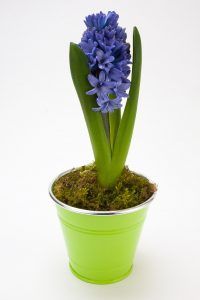 The relative humidity necessary for its complete development is around 70 to 80%. Regarding the temperature, it is important that the Hyacinth can live a period of low temperatures.
The relative humidity necessary for its complete development is around 70 to 80%. Regarding the temperature, it is important that the Hyacinth can live a period of low temperatures.
This stimulates a high quality flowering. And we must insist that watering also helps a lot, as long as it is not excessive and produces ponding that will rot the plant.
You have to do it very early in the morning on a regular basis.
Is it necessary to prune the hyacinth?
To keep them alive longer, it is appropriate to apply a maintenance pruning as follows: You have to cut the flower stem when the flower withers. Leaves should be left undisturbed until completely wilted.
How often should we prune the hyacinth?
They must be carefully cleaned of soil and remove withered flowers and dry leaves, when they proliferate.
How to avoid hyacinth pests and diseases?
As they require high humidity to fully develop, it is advisable to apply a fungicide on their bulbs when planting them. Another important fact is to have the plant in the same place for only one year.
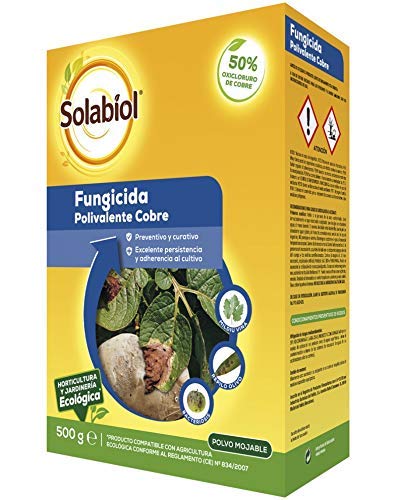
If they are left in the same place longer, the nutrients in the soil will eventually be depleted, unless good quality fertilizers are applied.
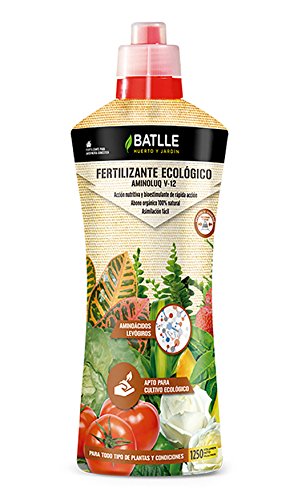
It is necessary to keep hyacinths free of weeds, because when temperatures range between 15 to 20ºC, Ditylenchus dipsaci appears, a very annoying stem and bulb nematode, capable of surviving in the soil until it manages to penetrate the plant. to damage their young shoots and bulbs.
The plant can cause stem necrosis and characteristic bumps or bumps, chlorotic spots, poor bulb development, and lack of vigor and growth. The disinfection of the bulbs is the most immediate curative consequence.
It is done with the help of hot water, immersing them for about three and a half hours at an estimated temperature between 43.5ºC, between 15 and 20 days after they are collected. Another measure adopted is the steam pasteurization technique, but people skilled in the art should be consulted.
Other common diseases are:
Rot
It is generated by the presence of Sclerotinia bulborum, which causes severe chlorosis in leaves and damage to the bulbs, because they rot. That is why an important measure is taken before planting the bulbs: they are disinfected and sprayed and sprinkled with different authorized active products.
Penicillium sp.
It is a powerful fungus that occurs in the storage phase of hyacinths. It appears easily when there are temperatures below 17ºC, with high relative humidity. The roots begin to become necrotic and the bulbs are similarly diseased, to the point of producing short, weak shoots.
Relative humidity controlled at less than 70% and an equally stable temperature prevents its appearance.
hyacinth mosaic virus
A series of dark green streaks appear on the plant, especially at the base of the leaves and in the area of the floral scapes. This causes a great affectation in the growth process, because the plant will end up having a smaller number of flower buds as well as little opening of the button. They are amazed
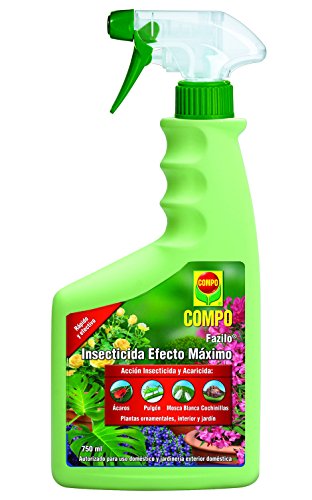
This virus is caused by the presence of Myzus persicae and Macrosiphum solanifoli aphids, who have no compassion and attack en masse. One way to combat them is through the cultivation of in vitro meristems, as well as applying treatment with effective insecticides against aphids.
Certified hyacinth specimens must also be used at the time of planting.
Maybe you are also interested in:

![Photo of Aconite: [Cultivation, Irrigation, Care, Pests and Diseases]](https://www.complete-gardening.com/wp-content/uploads/2021/06/aconito_1618355790-390x220.jpg)
